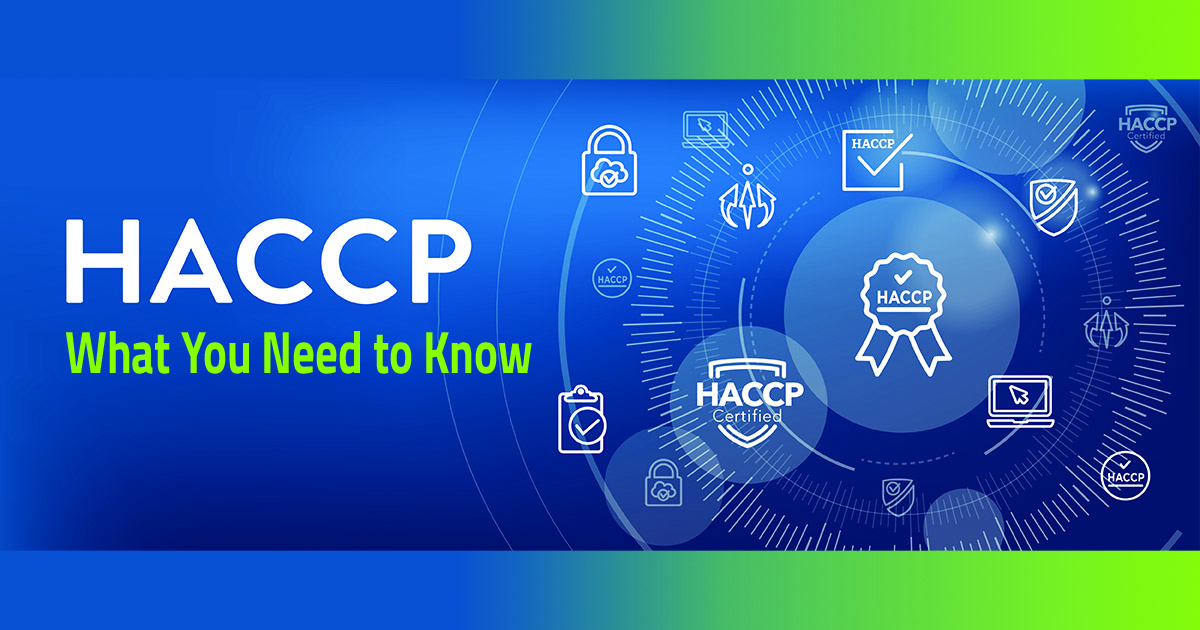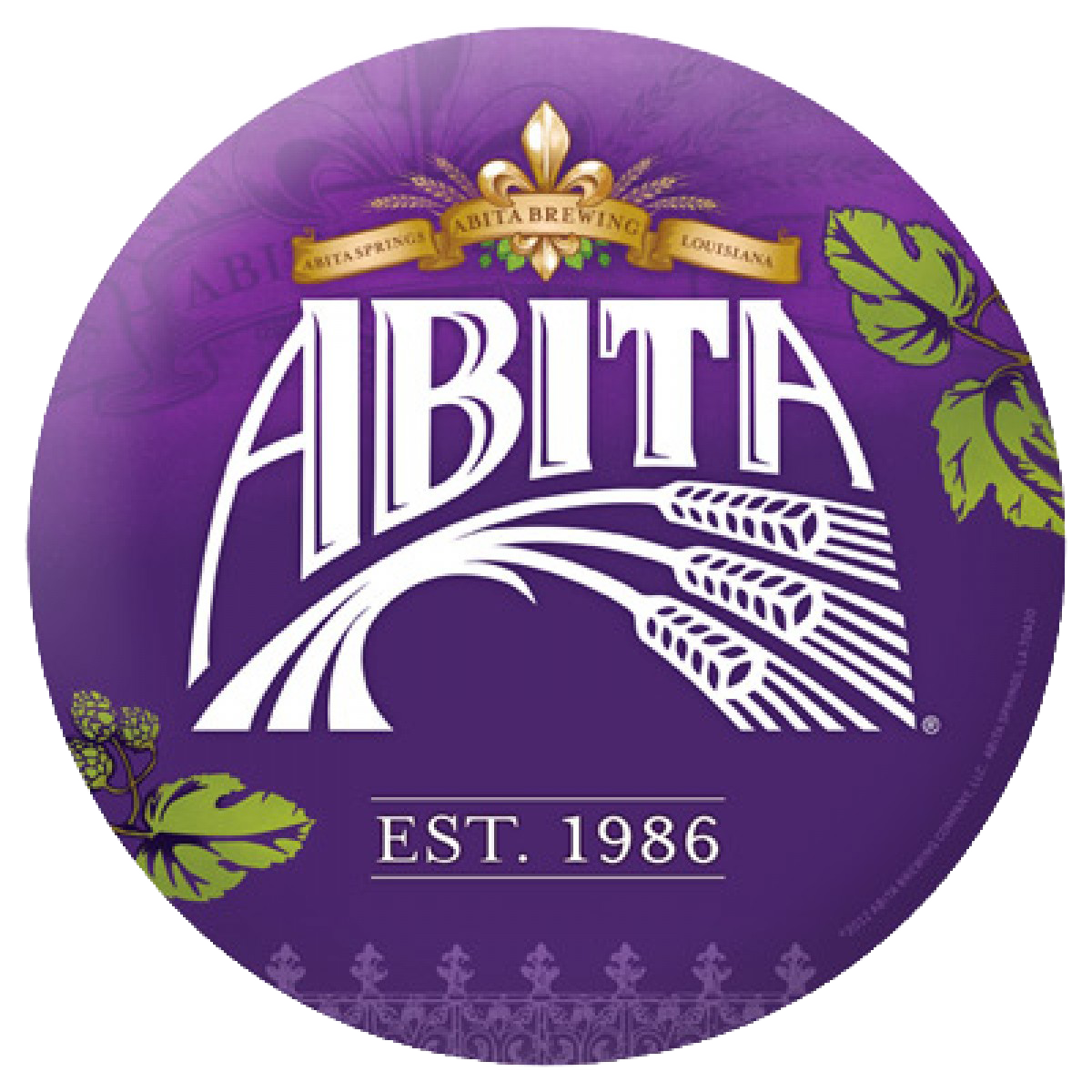HACCP | What You Need to Know
Hazard Analysis Critical Control Point
What is it?HACCP is an acronym that stands for Hazard Analysis Critical Control Point. It is a management system in which food safety is addressed through the analysis and control of biological, chemical, and physical hazards from raw material production, procurement and handling, to manufacturing, distribution and consumption of the finished product.
The process was developed back in the 1960’s through a partnership with Philsbury and NASA and has been a necessary backbone for safe food processing ever since. It helps food safety teams identify and control hazards that are present in the food supply. Hazards can come from any one of the following categories:

Why is HACCP necessary?
Food Safety! It allows food processors to take a risk-based approach to identifying significant food safety risks within their facility and raw materials. The program has evolved over the years from an original 3-step to a now 12-step program. This proven 12-step program helps food safety professionals with describing their products and intended use, mapping out all of the steps in their process and then carrying out a hazard analysis for each step to determine if food safety hazards exist.
If significant hazards are identified, the system then requires that those hazards be properly controlled through established CCP’s (Critical Control Points). Those CCP’s are steps in your process where hazards are eliminated or reduced to an acceptable level, which makes the final product safe for the consumer.
What industries apply this management system?
Meat and Poultry
Juice
In the US, any juice that is sold or used as an ingredient in beverages must be safe for consumption. This typically means it must be pasteurized, i.e., heated to a temperature hot enough to eliminate harmful bacteria that can make people sick. Juice processors were required to implement a hazards analysis and critical control point program as early as 2002 as part of 21 CFR Part 120.
Per FDA standards, makers of juice products must have a written hazard analysis to help identify significant hazards in juice. A common hazard in juice products is E. coli, which can be a deadly bacteria to some people. Proper pasteurization of juice ensures that harmful bacteria like E. coli is not present in the product once it leaves the juice maker.
Seafood
FDA first required seafood processors to have an effective hazard analysis and critical control point plan in place around 1997. Seafood regulations fall under 21 CFR Part 123. FDA requires seafood processors to conduct a hazard analysis for their products produced, but unlike other regulations, that hazard analysis does not have to be written.
That’s partially because much of the research with seafood hazards has been conducted and published by FDA and it’s partners in a resource called Fish and Fishery Products Hazards and Controls Guidance. This resource contains a list of all seafood species along with all of the hazards associated with those species. It also helps to identify appropriate controls and monitoring so your food safety team can simply pick and choose which hazards control strategy best works for their company and follow the plan already outlined in the guidance document. It’s a must have resource for seafood processors.
Retail
How HACCP can help
Ready to learn more?
Does your company need to develop and implement a new Hazard Analysis Critical Control Point plan? The process from start to finish can be cumbersome. It is recommended that companies invest in the training necessary to equip food safety professionals with the necessary skills to effectively develop the initial plan. It is a best practice to have at least two employees trained from each company to provide a backup when one of those individuals cannot be on site.
The simplest way to get started is to register for an upcoming class. We strongly recommend a class that is accredited by the International HACCP Alliance, such as the classes offered by Food Safety and Quality Services. Classes are offered in either a public setting or privately at your facility. Contact us today for any questions regarding training and implementation.
About the author

Lance Roberie
Food Safety Consultant and TrainerLance Roberie has over 20 years of quality assurance and food safety experience within the food industry. Mr. Roberie holds the following certifications:
- Certified Food Safety HACCP Manager
- Preventative Controls for Human Foods (PCQI) Lead Instructor
- Meat & Poultry and Seafood HACCP Lead Instructor
- FSPCA Food Defense (IAVA) Lead Instructor
- ASQ Certified Manager of Quality & Organizational Excellence
- ServSafe Instructor and Exam Proctor
- Internal Auditor and GFSI Specialist
Lance and the Food Safety & Quality Services’ training curriculum will advance your team's food safety knowledge through certified training, consulting, and “real life” industry scenarios.
upcoming Classes
January 23, 2025 09:00 AM - 03:00 PM
October 17, 2024 09:00 AM - 04:00 PM
October 15, 2024 08:00 AM - October 16, 2024 06:00 PM
Need a Food Safety Specialist?
Free 15 Minute Consultation.Learn how we helped Abita Brewing Company pass their first food safety audit with an A grade.

